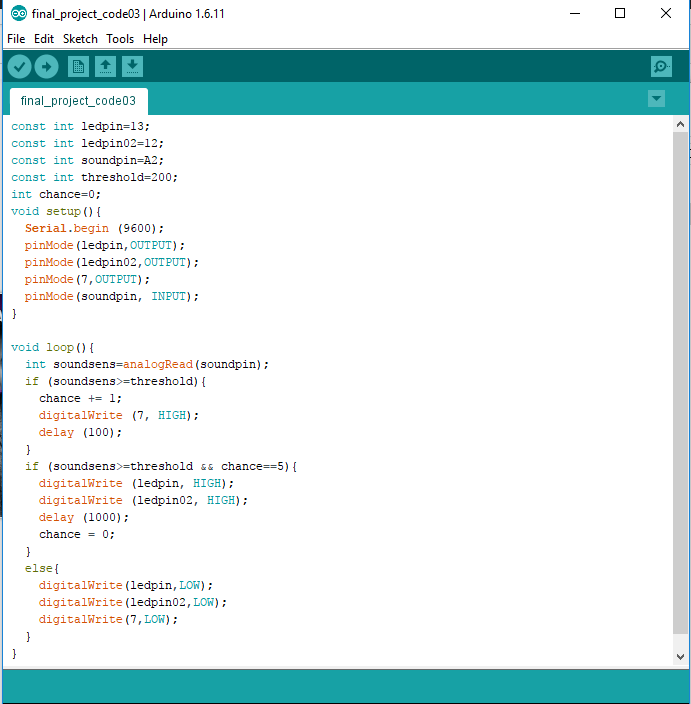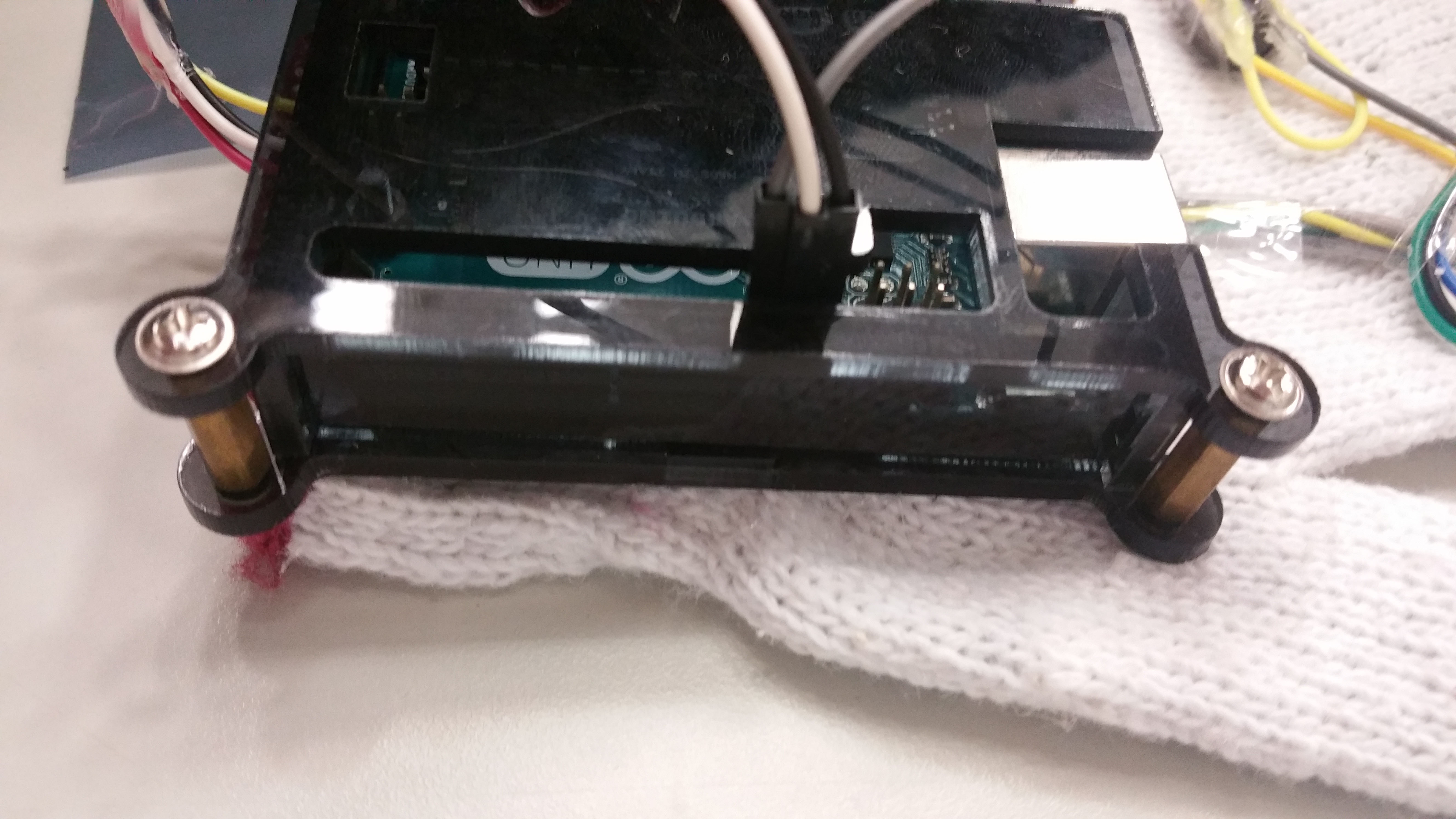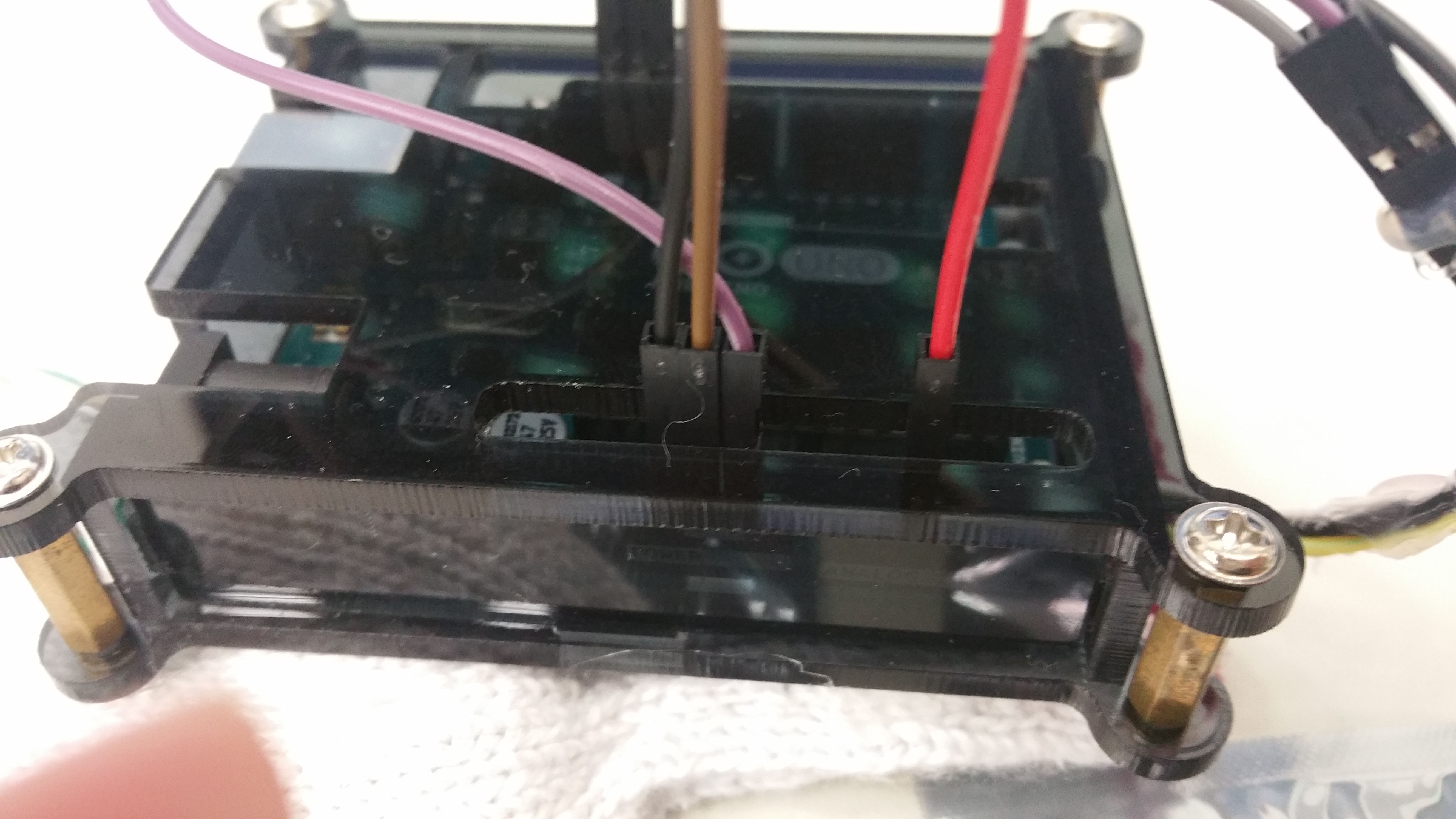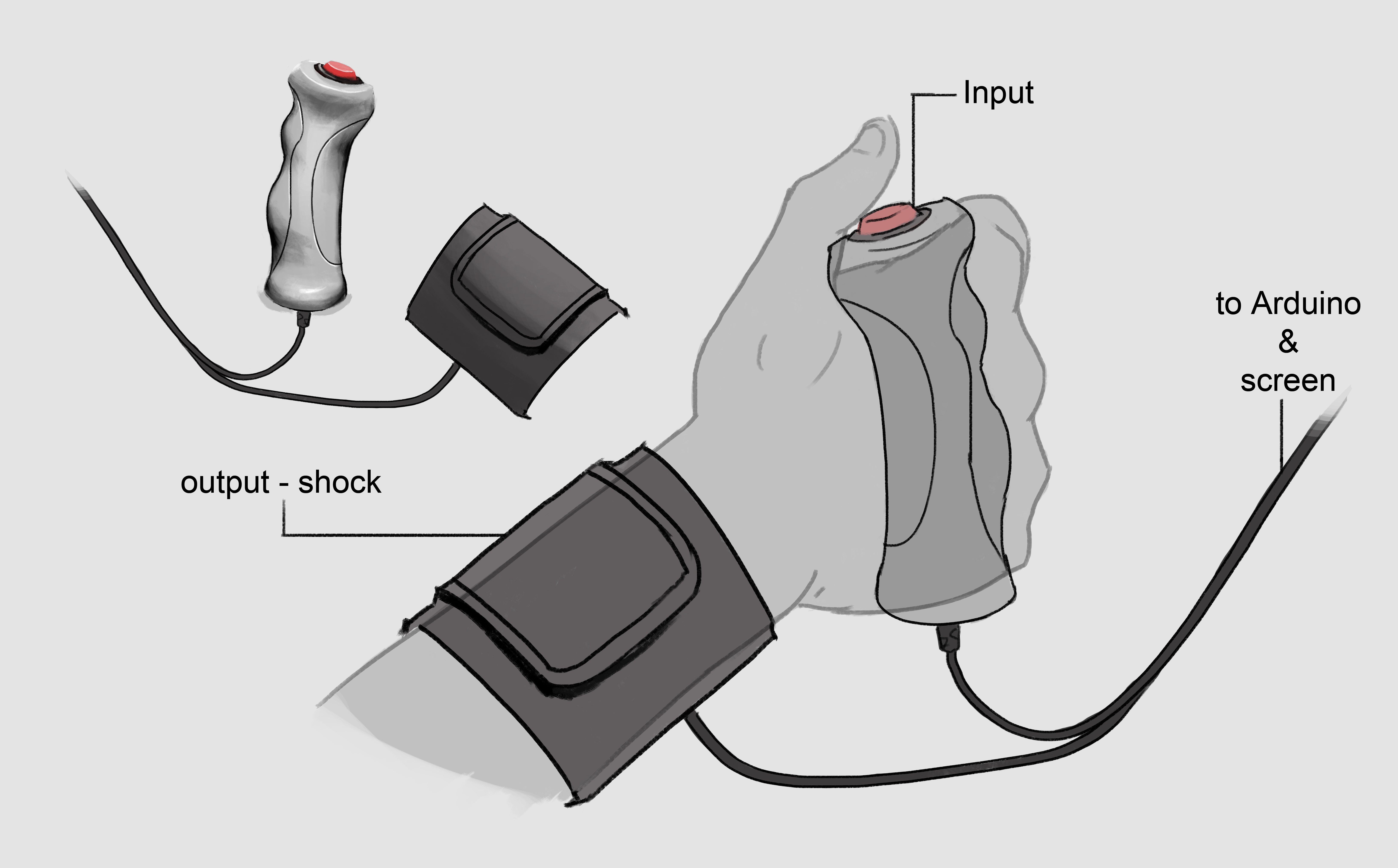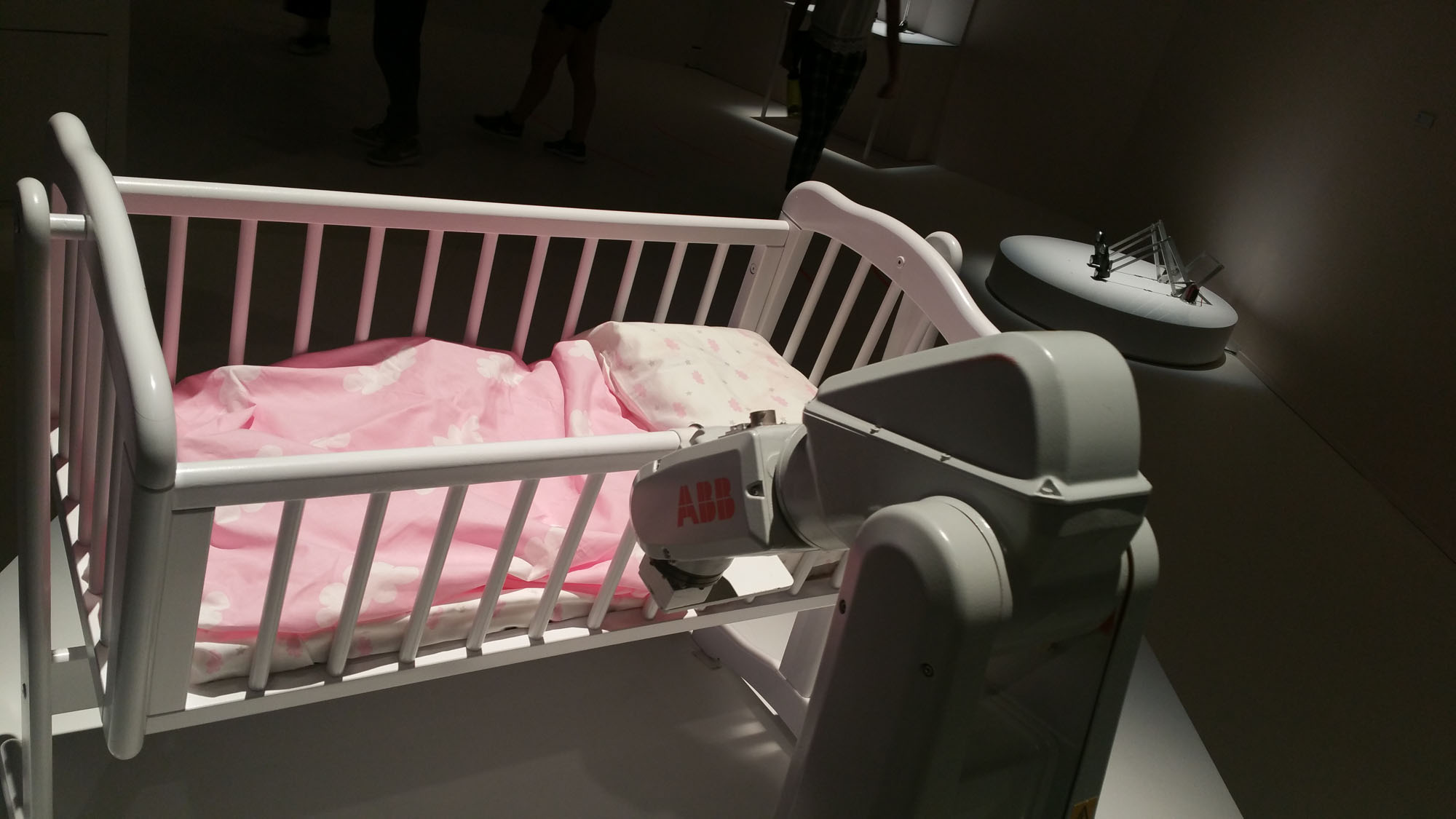For the final project, I was planning to do a device that would elicit shock to the wearer of the device. In this post, I would describe the process of the Shocking Gloves and the changes that I have made to it, the difficulties that I faced and finally the final device that would be showcased to the public.
In the beginning of the project, I was planning a device that would only elicit shock after the wearer loses in a game. However, I quickly dismissed the plan because I felt that it was too bland for this project. So I changed the idea to a device where the wearer would get shocked if he/she speak too loudly.

One of the challenges was to find the module that would elicit shock to a human body. After browsing the internet and consulting my professor, I have chanced upon the muscle stimulation pad that people would normally be used during electrical muscle stimulation therapy. I would replace the device that the muscle stimulation pads would connect to with Arduino, providing the required electric current to power the stimulation pad. The plan was foiled as cutting open the stimulation pad to find out that there was not any wire that could be connected to the Arduino. Thus, I was back to square one again, trying to find a replacement for the shock module. Looking through a catalog of items, I found another replacement.
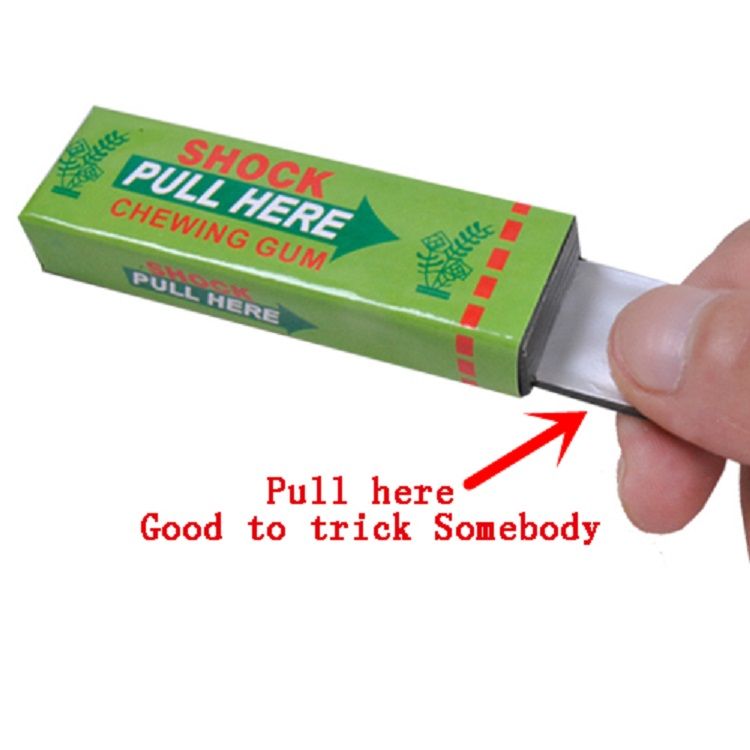
The “Harmless Mild Electric Shock Toys” were a “device” that would be used to play a prank on people. I have figured out that I could take out the component that exists within the toys itself and integrate it into my project.
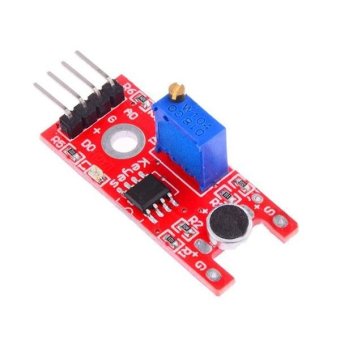
Next, I have to find a module that would determine the loudness of one’s voice. If the sound went over the threshold that I have set up, it would register an input. Once the input reaches 5, a shock would elicit to the wearer, giving them a reminder that they were talking too loudly. After all the required items were purchased, it was just a matter of connecting all the part to Arduino and code it.
One unforeseen problem was the gloves that the wearer would wear. I have not considered that it would be worn by different people. Therefore it was not a hygienic practice to use a cotton glove, where sweat and other bacteria could be easily absorbed into seams. The solution for the problem would be to provide a hand sanitizer gel for the wearer before and after use.
In conclusion, I did face quite a few problems and challenges along the way. However, I did learn a few good lesson about shocking and muscle stimulation pad.

